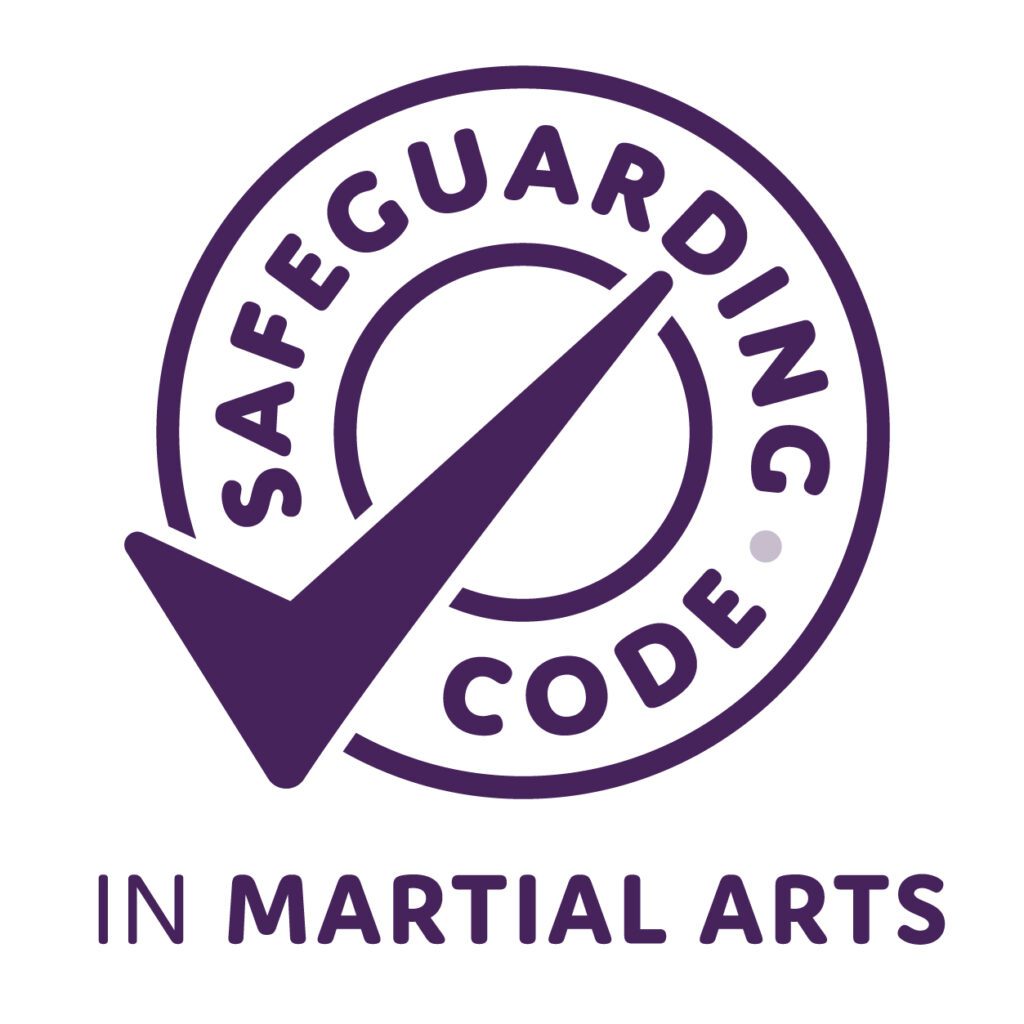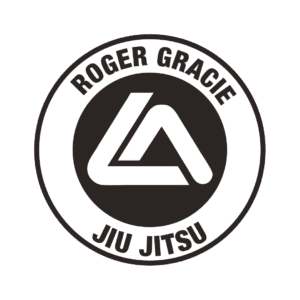
HISTORY OF BRAZILIAN JIU JITSU
The history of Brazilian Jiu Jitsu dates back hundreds of years, lets take a deeper look at its origins.
One of the several types of martial arts is Brazilian Jiu-Jitsu. When looking for Jiu-Jitsu training in Bristol or enrolling yourself at Roger Gracie West Bristol you may wonder where Brazilian Jiu-Jitsu originally started.
With Jiu-Jitsu becoming the most popular and prestigious martial art, let’s understand its origins.
The words Jiu-Jitsu come from the Japanese words “Jū†and “Jutsu†which translate to “gentle†and “artâ€. Unlike many other martial arts that focus heavily on strikes and kicks, Jiu-Jitsu uses leverage, angles, pressure, and timing, to pin and submit opponents.
Initially, its creation was for use on the battlefield or during any confrontation, a samurai could wind up losing his sword, at which point he would need a weaponless method of defence. Since strikes were not sufficient in this type of battle, as the samurai wore armour, the takedowns and throws began gaining trumping other forms of combat due to their efficiency.
The martial art really started to gain momentum when a well-known instructor from the Kodokan Japanese school decided to travel the world and prove the efficiency of his chokes and joint locks against opponents of all sizes and styles: Mitsuyo Maeda.
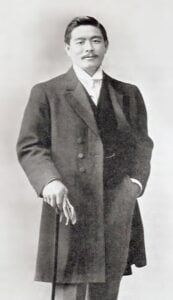
A lifelong practitioner of Jiu-Jitsu’s self-defence techniques, Maeda travelled to the U.S. in 1904 with other teachers from Jigoro Kano’s school. In 1903, President Theodore Roosevelt had even taken 1-2-1 private lessons!
The Japanese man had racked up thousands of fights along the way across Europe. In addition, the fighter accepted and sent out many challenges in the region of South America. In July 1914, the 68kg fighter landed in Brazil to settle down and change the sport’s history.
As later became a tradition among Jiu-Jitsu professors, he would also challenge famous boxers. American boxing Hall Of Famer Jack Johnson was called out but never accepted the invite.
On March 11, 1915, the first rules of Jiu-Jitsu were published, consisting of ten items:
- Every fighter must present themselves decently, with fingernails and toenails perfectly trimmed;
- They must wear the gi, provided by Count Koma;
- It is forbidden to bite, scratch, head-butt, or punch;
- When the athlete uses their foot, they must never use its tip, but instead the curve;
- The fighter whose back is on the ground is not defeated, even if they were the first one to fall;
- The fighter who is defeated must signal their forfeit by tapping either the mat or their opponent’s body thrice;
- The referee will deem defeated the fighter who, due to some contingency, cannot remember to tap to signal their forfeit;
- The matches will be divided into rounds of five minutes with two-minute resting periods interposed between them. The referee will count the minutes aloud for the benefit of the audience;
- If the fighters fall off the mat without either one having forewarned of it, the referee must force them to return to the centre of the mat, standing and facing one another;
- The jurors may replace the referee in his duties. Neither the enterprise nor the winning fighter is responsible for whatever harm may befall the loser if, due to tenacity, that fighter refuses to signal forfeit
In 1917 a teenager named Carlos Gracie (1902–1994) saw a display by the Japanese man who was capable of dominating and tapping out local giants.
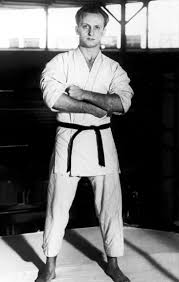
Carlos Gracie’s parents took him to learn from one of Maeda’s Jiu-Jitsu classes.
Maeda agreed to teach the young man the art of defending oneself, as well as teaching Carlos some well-needed discipline.
Training under Maeda gave Carlos Gracie Sr a sense of self-control and self-confidence. After training with him for just under 5 years, Carlos Gracie and his family moved to Rio de Janeiro where he had a passion to spread Jiu-Jitsu
At first, he tried to teach Jiu-Jitsu to the police and the military. He eventually opened the first Gracie Brazilian Jiu-Jitsu school in 1925 in his living room where he would be able to teach BJJ to the public. The ad in the newspaper was a marketing masterpiece: “If you want to have your arm broken, look for the Gracie Academy.â€
This was the beginning of his vision of improving people’s lives by turning Jiu-Jitsu into a national sport.
The grandmaster would go on to have 21 kids, 13 of whom became black belts.
The Gracie Brothers were determined to make Jiu-Jitsu accessible to everyone. This combined with the competitive success of the brothers and their students launched Jiu-Jitsu to become one of the most popular sports in Brazil.
In January 1956, Carlos Gracie Jr was born and grew up strongly influenced by his Father (Carlos Gracie Sr), his Uncle (Helio Gracie 1913-2009), and his Brother (Rolls Gracie 1951-1982).
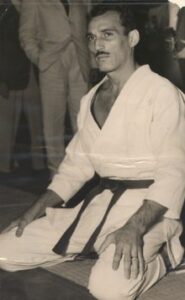
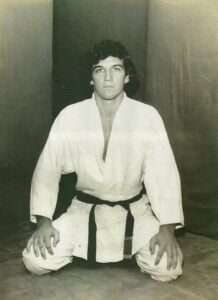
Above is a young Helio Gracie and his brother Rolls Gracie.
He eventually ended up teaching in downtown Rio de Janeiro for two years before moving to Rolls’ school. He worked as the assistant instructor for 7 years before Rolls died in a hang-gliding accident. The tragedy led to the students and Rolls’ wife asking Carlos to continue the path that his brother began.
Master Carlos stayed in Copacabana for a few years after the accident before deciding to move to Barra da Tijuca.
Fast forward to 1993, when the first UFC event (UFC 1) took place. Royce Gracie (son of Helio) was selected to represent Brazilian Jiu-Jitsu in the tournament. Royce, with his slender build, was the ideal person to introduce BJJ’s effectiveness. As the tournament got underway, Royce, the event’s smallest fighter, dominated opponent after opponent, shocking spectators who expected the slim Brazilian wearing the traditional white Gi to be easily defeated. For many, Royce’s victory was a revelation, it really was possible to defeat bigger, stronger opponents with the proper use of technique and leverage.
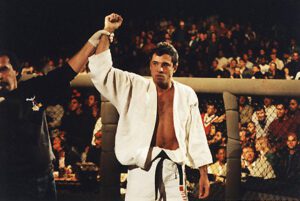
The family continue to practise and spread Brazilian Jiu-Jitsu. Rickson Gracie the family’s most prolific mixed martial arts champion competed in Vale Tudo (Which literally translates to ‘Everything Goes’) and MMA events in Japan.
We also have Renzo Gracie also had a successful MMA career with most of his wins coming via submission.
10x World Champion Roger Gracie is widely regarded as one of the greatest of all time!
Master Carlos Gracie Jr also created the IBJJF (International Brazilian Jiu-Jitsu Federation) in 2002 to help recognize BJJ as an organized sport around the world.

